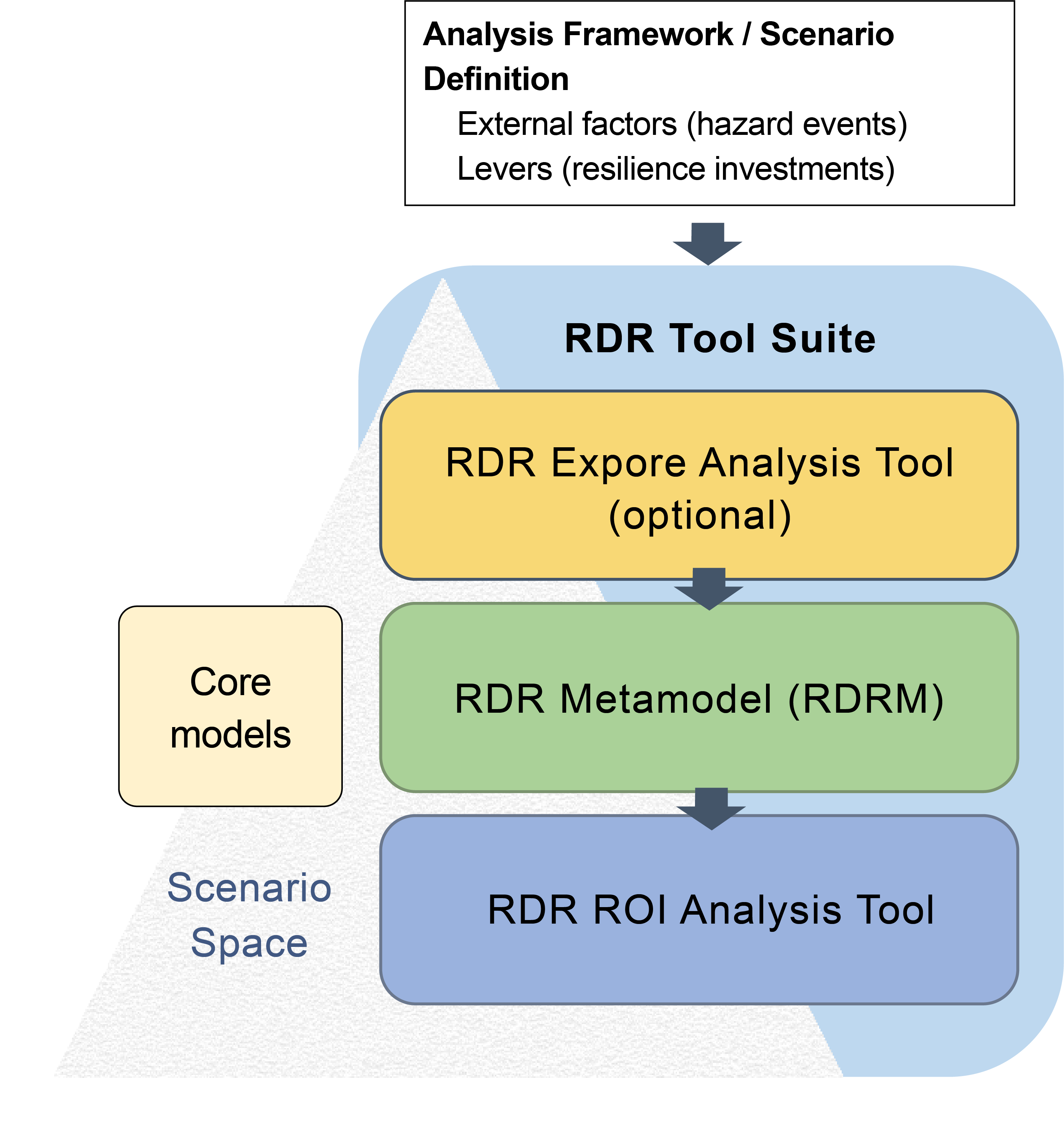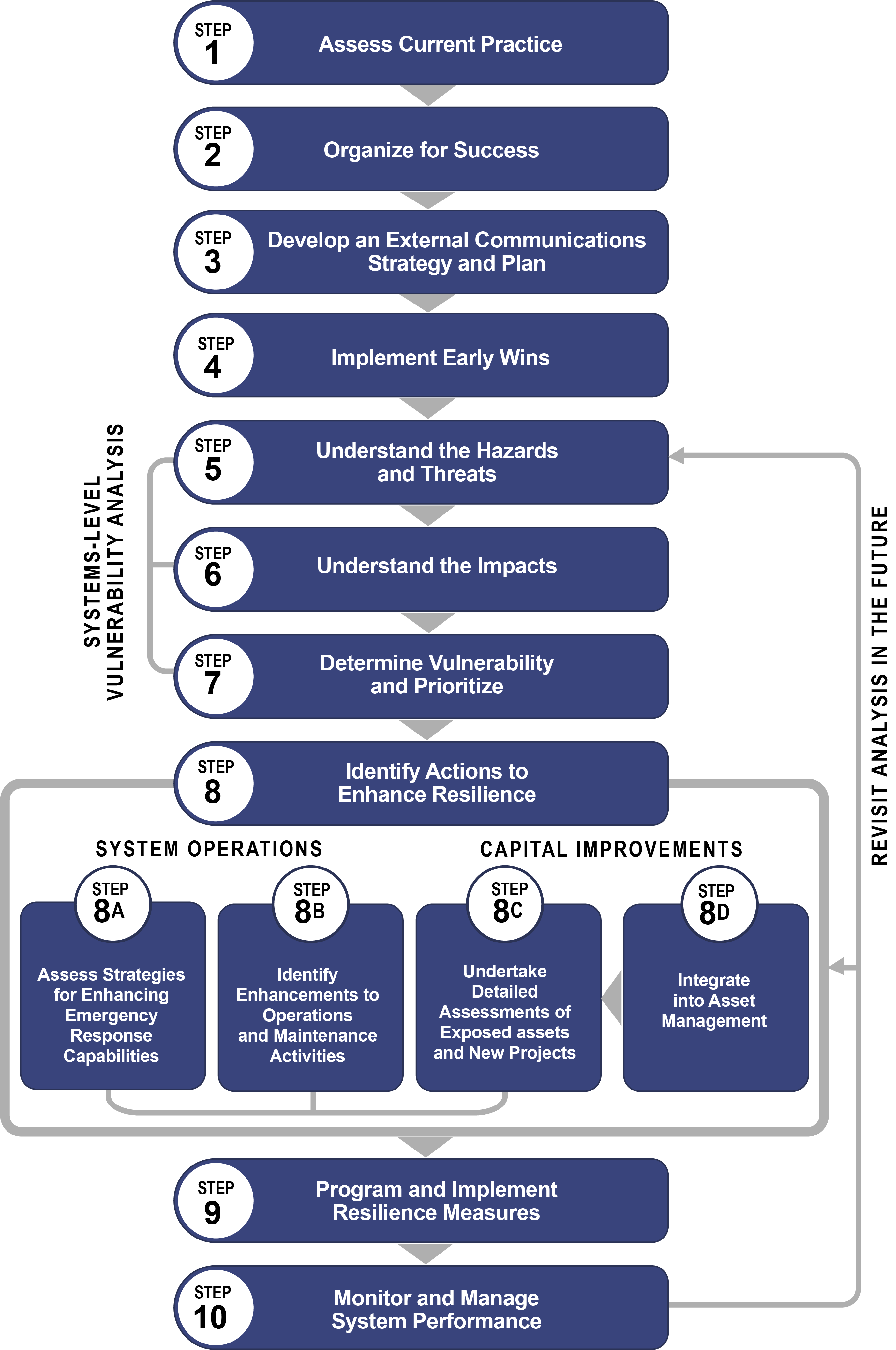
Disaster Management Manual
A manual for practitioners and decision makers!

Disaster Management Manual
A manual for practitioners and decision makers!
Equitable and sustainability practices incorporated through hazard mitigation, land use planning, critical infrastructure protection and environmental security are used to harden and often reconstruct our built environment. This ecosystem of resilient practices, or strategies, revitalizes built and natural environments, safeguarding economic and societal welfare for all.
The United Nations Office for Disaster Risk Reduction’s (UNDRR), Making Cities Resilient Campaign 2030 (MCR2030), has forwarded the local implementation of the Sendai agreement and put resiliency on center stage in a global effort towards disaster resilience. “At the heart of MCR2030 is cooperation; the intention to create opportunities for demand and supply to meet through initiatives tailored to local needs. It embodies the Sendai Framework principle that disaster risk reduction is a shared responsibility across all stakeholders.” 1
In the transportation sector, the United States Department of Transportation (USDOT), is advancing resilient infrastructure with the development of a Resilience and Disaster Recovery (RDR) Tool. 2
Need: Current performance measures to justify transportation infrastructure project prioritization do not account for resiliency performance in the face of future hazards.
Challenge: Future hazard conditions are highly uncertain, and a range of resilience investment options can be used to address them.
Solution: A robust tool suite to help transportation practitioners evaluate resilience return on investment (ROI) for long-range planning across a range of uncertain scenarios.

California’s Department of Transportation (Caltrans) in the United States has made advances in the definition and framework for climate resilience. They have developed climate change vulnerability assessments segmenting the State into twelve areas or districts “designed to provide Caltrans with a comprehensive database that will assist with evaluating, mitigating, and adapting to the effects of increasing extreme weather events on the state transportation system. The climate effects examined include rising average temperatures, higher sea levels, storm surge, and precipitation. These in turn increase the incidence of flooding, drought, wildfires, coastal erosion and mudslides.” 3
Climate Vulnerability Assessments were then used by Caltrans to develop Adaptation Priorities Reports 4 specifically designed for areas that have the potential to be adversely impacted. The following figure details the adaptation priorities framework, beginning with assessment of current practices and ending with monitoring and managing system performance.

Resiliency during the recovery phase results in the restoration of transportation infrastructure, assets, and systems to their conditions prior to the incident. Recovery can and should involve rebuilding the network beyond its previous condition to a greater standard that is more resilient against future disasters. Resiliency in the recovery phase includes such efforts as improving materials and construction methods to increase the strength of infrastructure, establishing redundancies in the transportation network using Intelligent Transportation Systems (ITS), and improving the common links between transportation modes and communities. 5